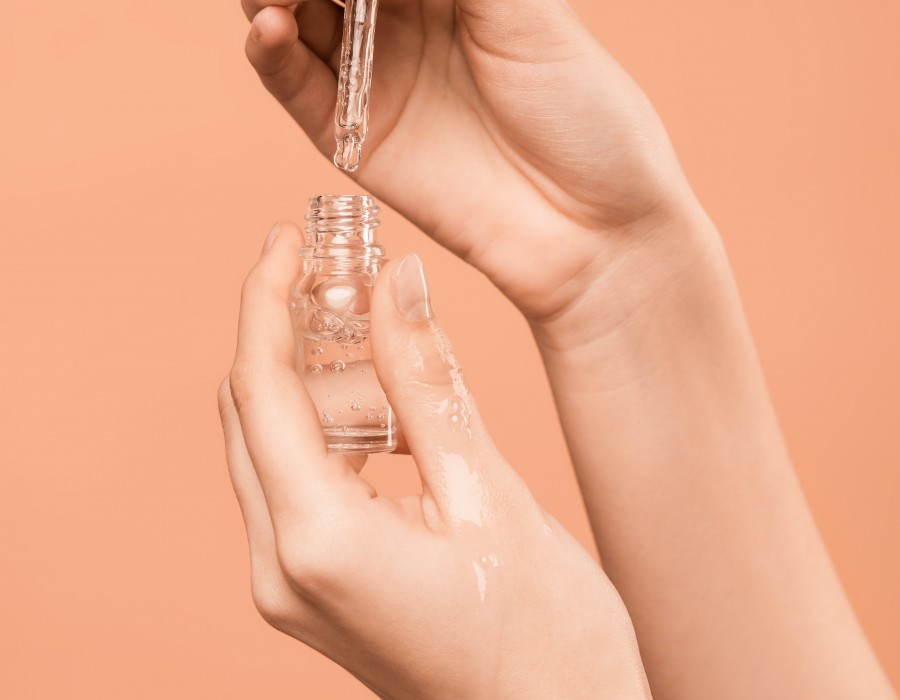Anybody who has produced cosmetics before is aware of how difficult it is to design new items. Once a new cosmetic product development idea has been formed, the emphasis switches from "brainstorming" to practical coordination and implementation. When this happens, a cosmetic maker transforms from a developer of beauty products into a project management expert. To ensure that the project is on track till launch, cosmetic developers must employ the appropriate strategies and tools to ensure that everyone involved is on the same page. Three crucial tactics can help you reach the market more quickly.
Budget
In order to determine how much it will cost for cosmetic product development, you must have a pretty accurate notion of the costs associated with the products, labor, and packaging. This figure is known as COGS, or Cost of Goods Sold. That price per unit includes the work required to make each component of your physical beauty product.
However, that just represents a portion of your budget for product development. You still need to calculate the costs associated with formulation, branding and artwork, certifications, samples, marketing, a website, and images. These expenditures should all be added to your budget as separate line items. Some of these are one-time expenses or startup charges, such as product pictures or promotional activities. Yet, it's crucial to outline all expenses other than COGS. Even if you are just starting, having a sound financial plan will help you concentrate your efforts and resources at launch unless you have unlimited cash on hand.
The Product Brief
The technical and business components of your product are outlined in your product brief. It should accurately represent your brand in every way. It is a valuable resource that cosmetic manufacturers will consult at practically every stage of the product development process. The key elements of a cosmetic product brief are: a physical description of the product in all its characteristics, a budget (including COGS and sales and marketing costs), a Launch roadmap and a thorough analysis of the industry you intend to target.
Launch Roadmap:
The subject of the previous two tactics has been the item, its quantity, its description, and what is expected of the partners who will assist you in cosmetic product development. Yet, this last strategy is focused on your company and how you're going to carry out your strategy to achieve your goal, which is to introduce and sell your product. Cosmetic designers who transition into project managers during development are aware of the constant tension between the labor-intensive process of defining and assembling the product and the marketing and sales initiatives necessary to assure its commercial success.
Your beauty product needs to follow a certain cadence and hit certain milestones in order to launch, generate discussion on social media, acquire distribution, and create marketing collateral. You must determine the technical lead times required by your suppliers to ship materials, conduct testing, and modify formulations as well as the lead times required for marketing and sales activities that will support your launch and promote growth.
Final words
After reading the above-written points, hope you understand the three principles of new cosmetic product development. Apart from this, if you have any queries regarding cosmetic product development, you can visit Dermasist Innovation Lab.




.png)

Comments